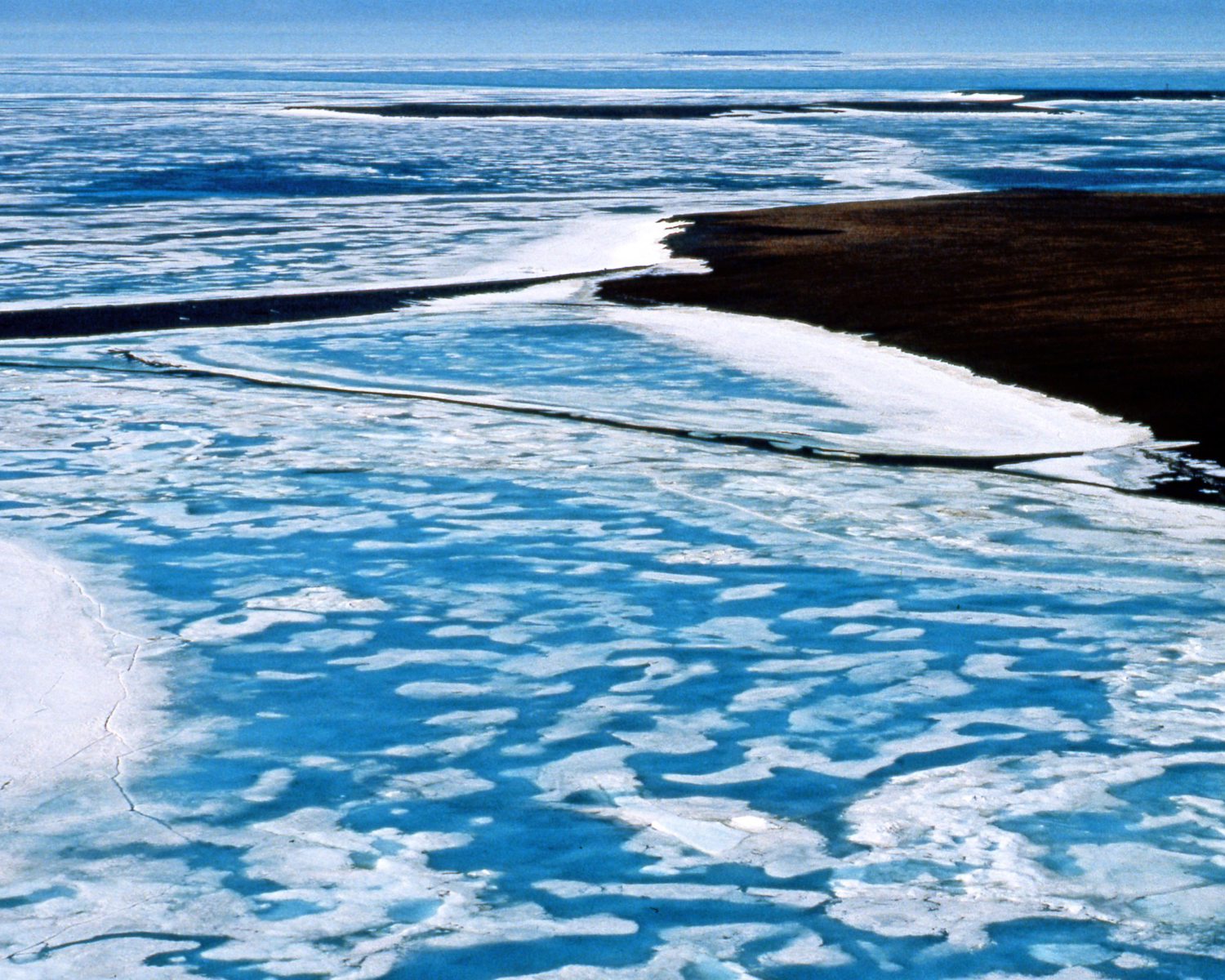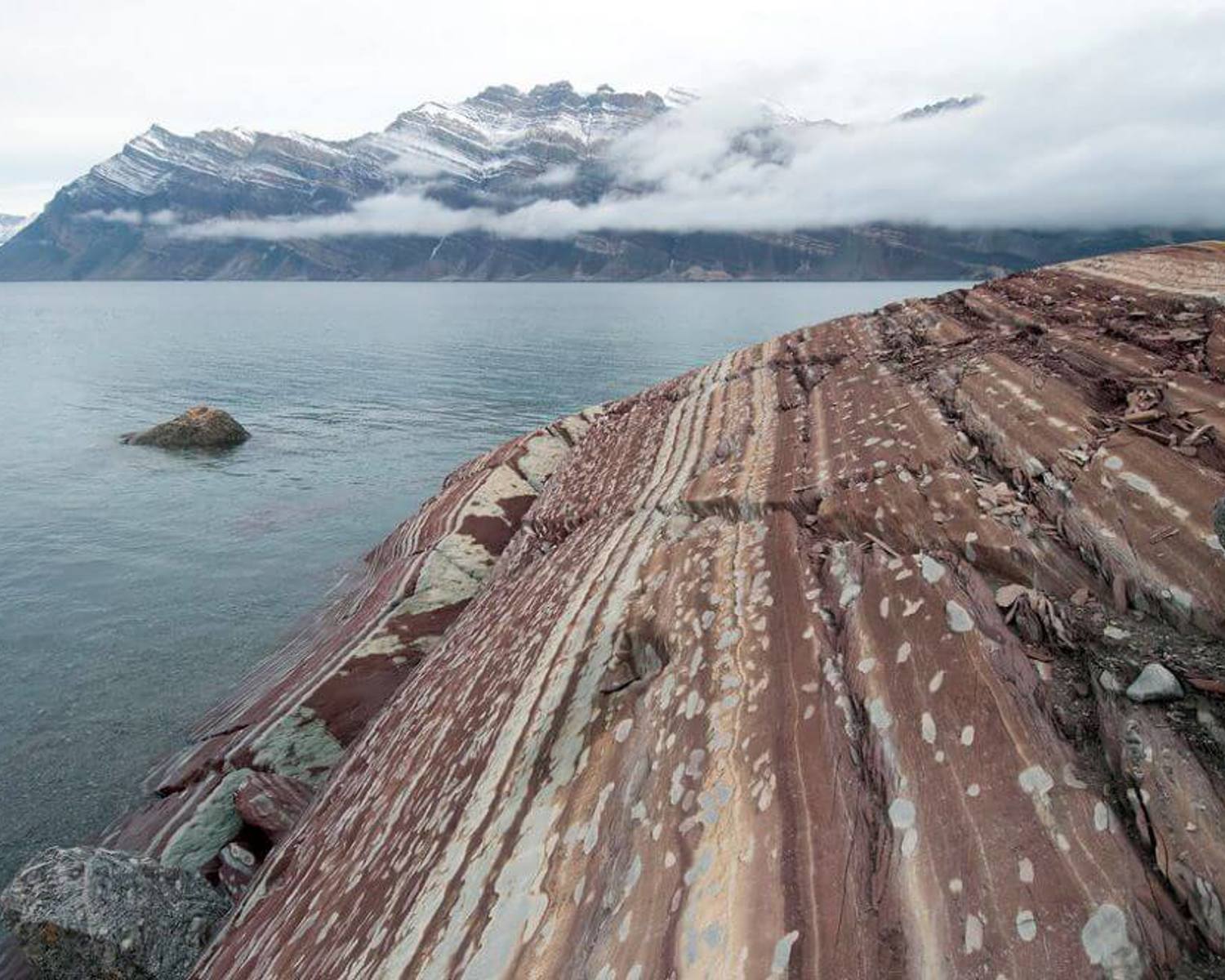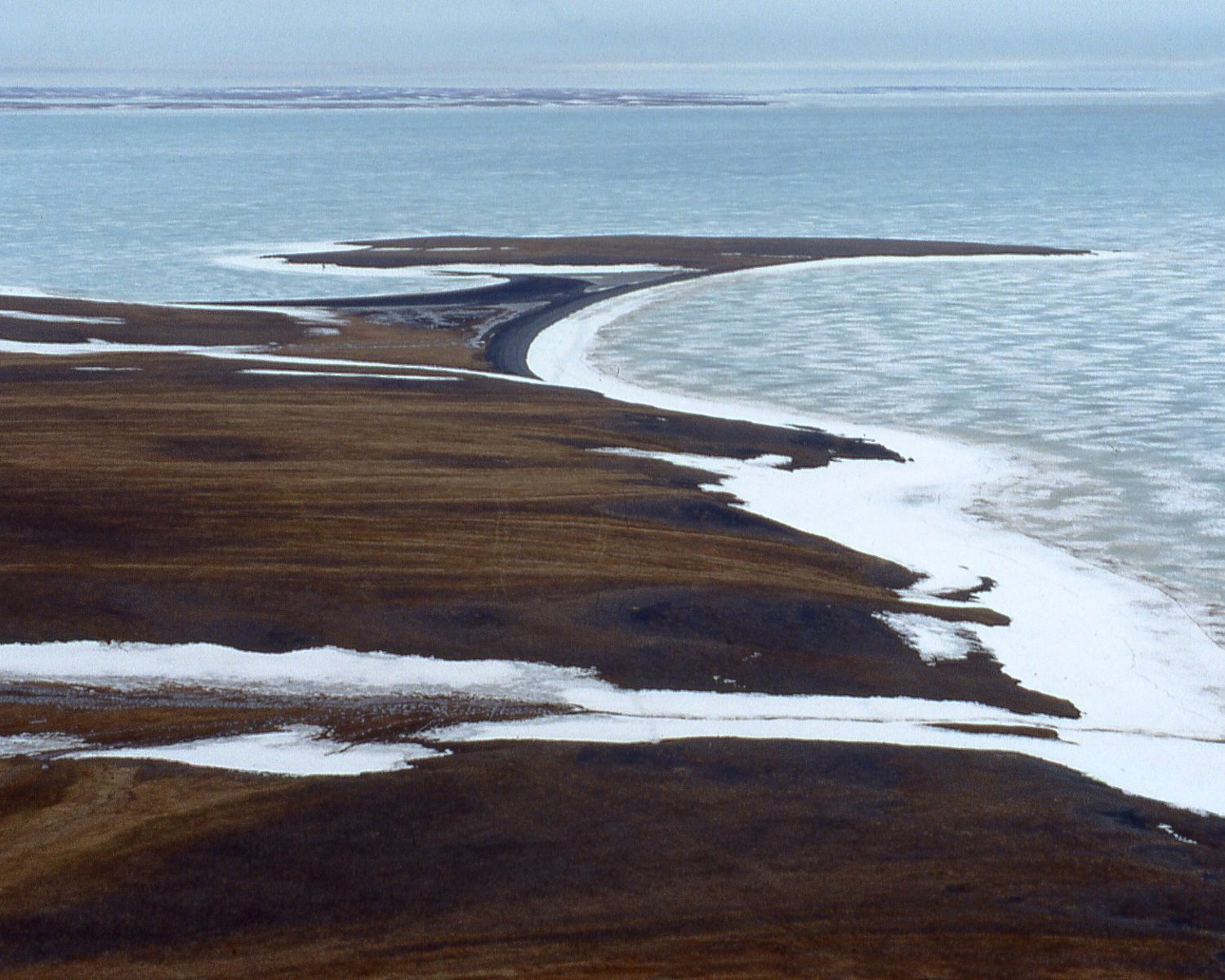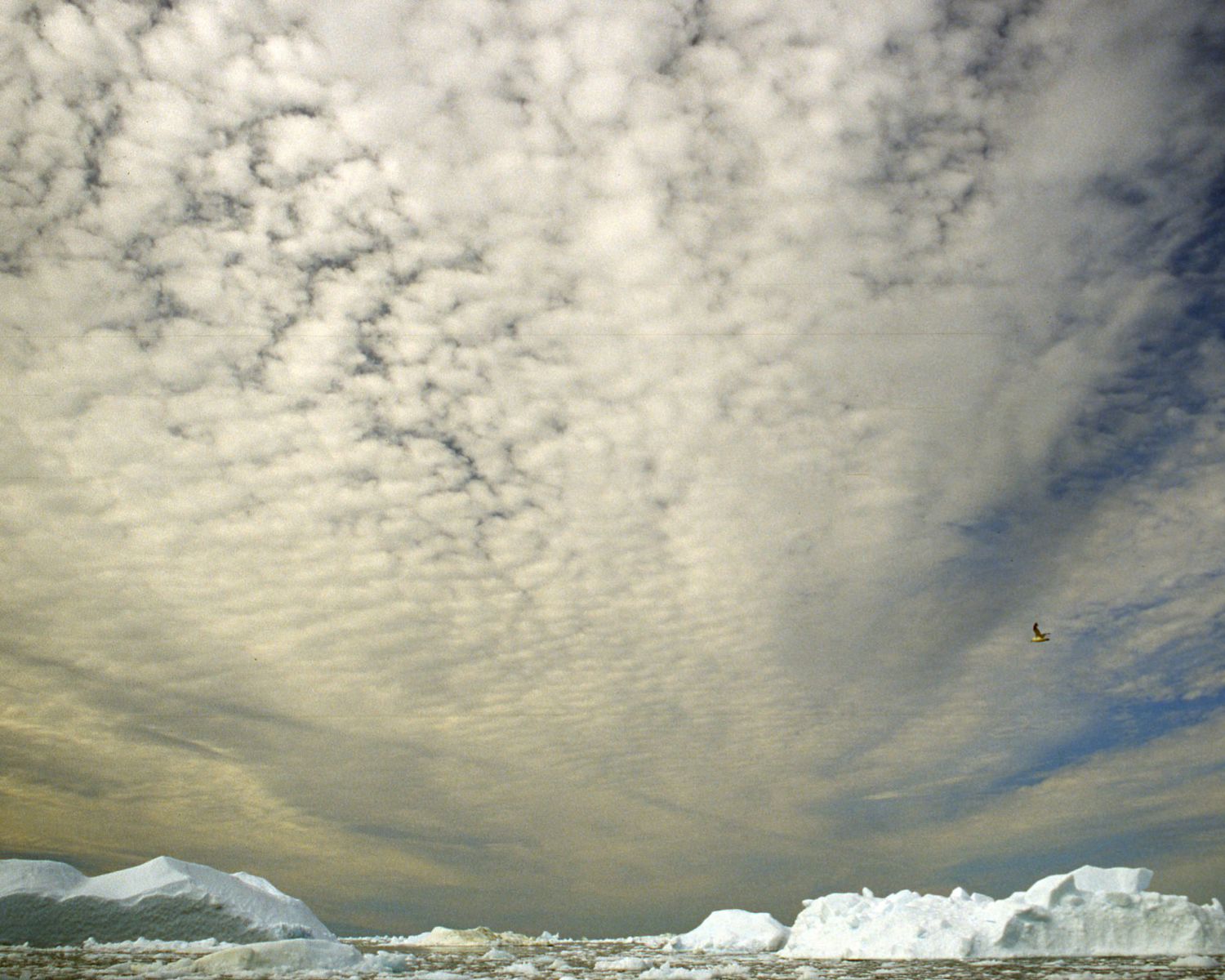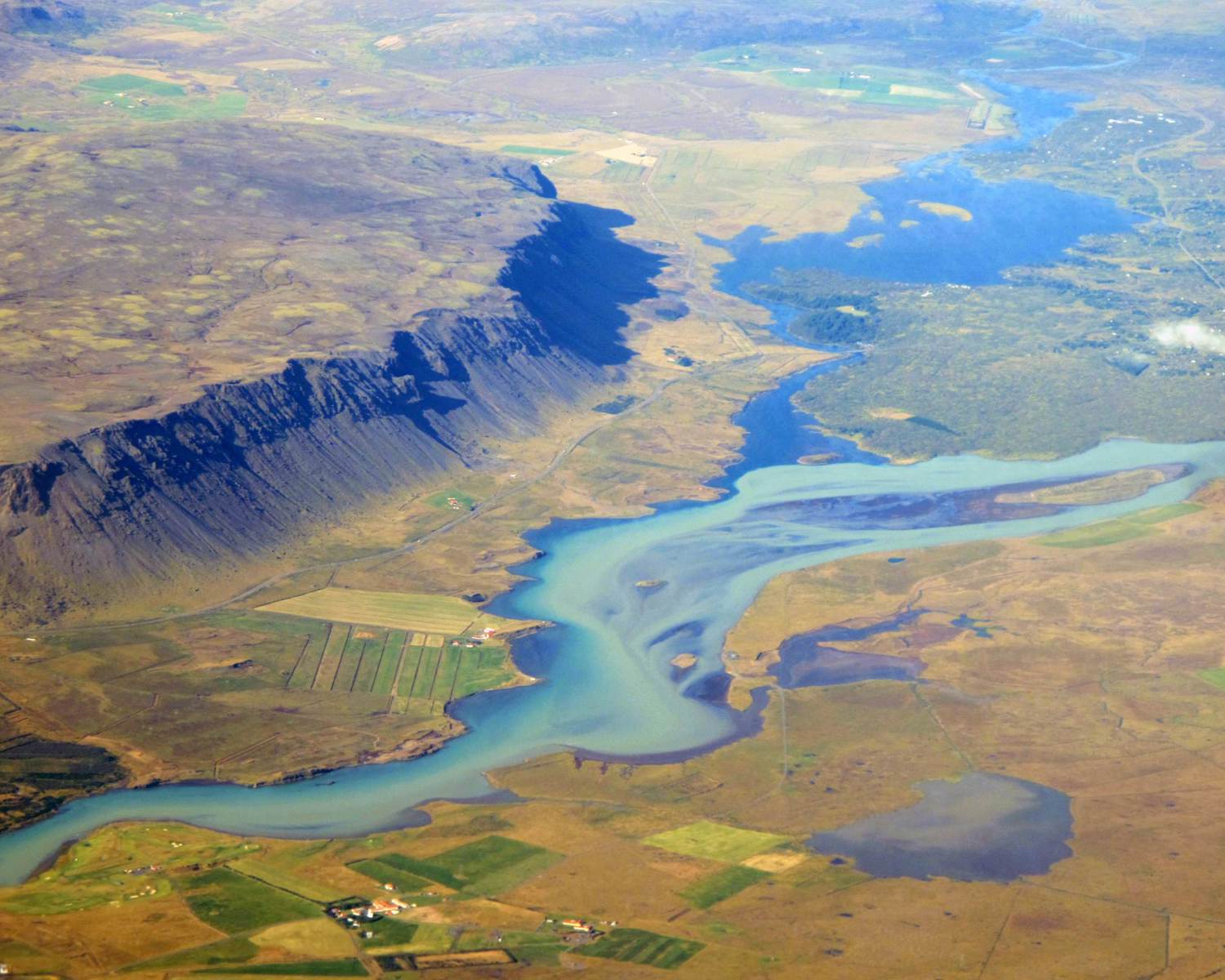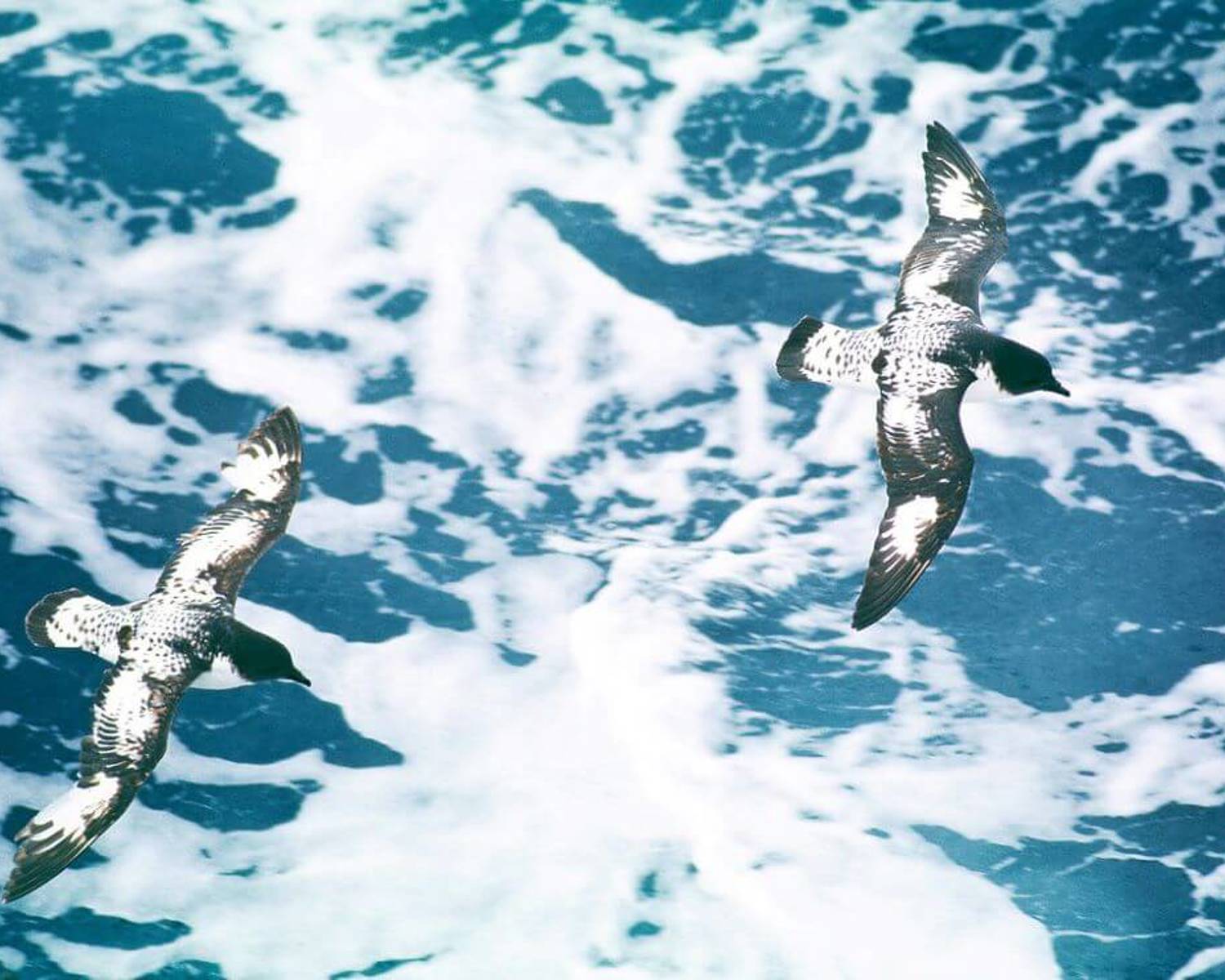Promoting ocean calcifiers to sequester atmospheric carbon
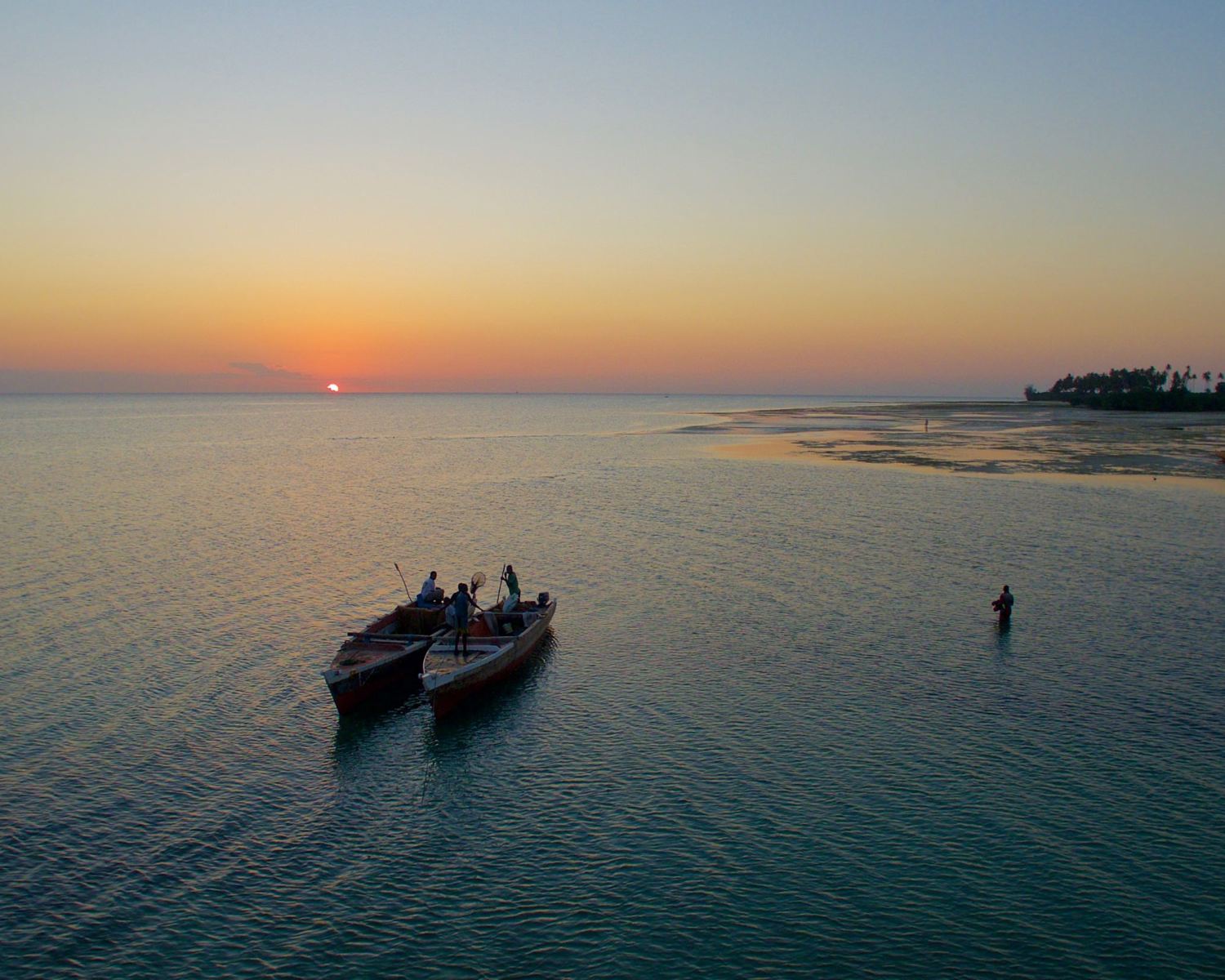
Biotic processes play an important role in oceanic carbon uptake, with most attention going to carbon-consuming photosynthesising organisms. Moore et al. (2023) argue that the potential role of shellfish and other calcifiers in carbon sequestration is significantly overlooked in the CDR literature.
The authors suggest that calcifier production should be encouraged, because the production of their shells would be able to remove ‘significant amounts of CO2 … from the atmosphere with much greater permanence and less cost than any other solution can offer.’
Analysis overview

Technological Readiness Level (TRL)
Medium 2
Technological Readiness Level (TRL)
A technology with a TRL of 4-6: TRL 4 – validated in lab; TRL 5 – validated in relevant environment; TRL 6 – demonstrated in relevant environment

Scalability
Medium 2
Scalability
Physically somewhat scalable; linear efficiency

Timeliness for near-future effects
High 3
Timeliness for near-future effects
Implemented in time to make a significant difference

Northern + Arctic potential
Low 1
Northern + Arctic potential
No noticeable extra positive effect beyond the global average; technology is unsuited to the Arctic

Global potential
Medium 2
Global potential
Statistically detectable impacts

Cost - benefit
Cost-effective 3
Cost - benefit
Low investment cost compared to the avoided damage cost (e.g., a few %) and/or inexpensive relative to other measures with similar impact

Environmental risks
Some risk 2
Environmental risks
More widespread and possibly regional impacts that extend beyond the immediate solution deployment location

Community impacts
Beneficial 3
Community impacts
Significant benefits to communities

Ease of reversibility
Easy 3

Risk of termination shock
Low risk 3
Risk of termination shock
Low or insignificant termination shock or damage

Legality/governance
Possible 3
Legality/governance
Currently legal to deploy, with governance structures in place to facilitate it and/or financial incentives to develop it

Scientific/media attention
Low 1
Scientific/media attention
Very low attention from individuals and/or abandoned ideas; low media attention; no commercial interest.
References
Moore, D., Heilweck, M., & Fears, W. B. (2023). Potential of ocean calcifiers to sequester atmospheric carbon in quantity and even reverse climate change. J Fish Res. 7 (1): 132. https://doi.org/DOI:10.35841/aajfr-7.1.132
Moore, D., Heilweck, M. (2022). Aquaculture: Prehistoric to Traditional to Modern. In: Aquaculture: Ocean Blue Carbon Meets UN-SDGS. Sustainable Development Goals Series. Springer, Cham. https://doi.org/10.1007/978-3-030-94846-7_3

